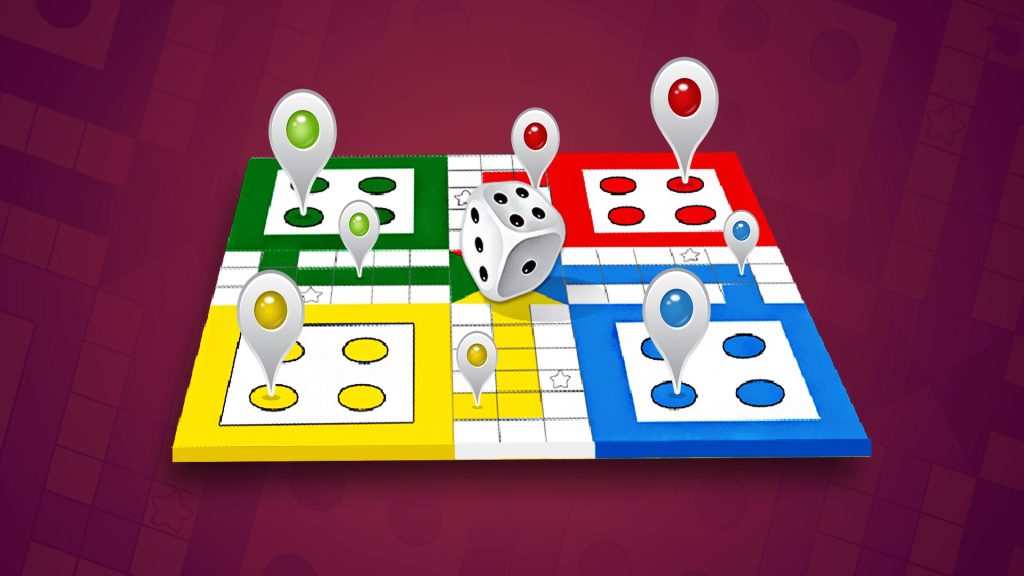Ludo
Ludo has been around since 3300 BC, which is when the game was invented in India. Children and adults alike will enjoy learning how to play this classic game, which is easy to learn.
There have been many variations of the game Ludo that have arisen from the popularity of Ludo, including Parcheesi and Sorry. As long as Ludo has been around for over a hundred years, you will surely become a fan of the game too!
The Equipment
There are four different colored bases in each corner of a square board, making a square game of Ludo. It is the first colored space outside of each base that represents the start position in the game.
It is the path that leads clockwise around the board, returning to a path with the same color as the base, then the home column, which leads to the triangle at the center of the board.
There are four different colored sets of playing pieces that come with their matching bases, which are arranged in the following order: For each set of four playing pieces, there is a matching base. To govern the movement of the pieces, a die is included in the package.

Gameplay
Depending on the number of players, each player begins by placing their pieces in their respective bases. It is against the rules to throw the die more than once, and the player with the highest roll gets to throw the die first. In turn, the players to the left will follow in order going clockwise, starting at the left.
A player’s turn is determined by rolling the die to determine how he or she will move on their turn. As a player, you are trying to move all four of your pieces clockwise once around the board, up your home column, and into your home triangle by moving all four of your pieces clockwise once around the board.
An active lifestyle
It is necessary to roll a six to start the game as you must move a piece from the base to the start position by rolling a six. In that case, the piece becomes part of the game. As soon as at least one piece has been placed on the board, the player cannot make any further moves.
It is possible for a player with a piece or pieces in play to move any one of the pieces 1 to 6 spaces along the path according to the number he or she rolls.
Rules of the 6’s
- When a six is rolled, the player can choose to move a piece out of the base to the start position or move a piece already in play.
- After a player makes a move, he gets an extra roll when he rolls a six.
- The player loses his turn if he rolls a six three times in a row.
Sharing a square after landing
The opponent’s piece is returned to its base if a player’s piece lands on it, where it must roll a six again to move onto the starting square.
Blocking occurs when a player lands on a space occupied by one of his own pieces. A blocked space cannot be passed or landed on by an opponent.
Winning the Game
The player’s piece moves toward its home triangle as soon as it reaches the home column of its own color. As soon as a player’s die rolls land its piece on the home triangle, that piece has completed its journey. Only pieces that roll exactly can be moved to the home triangle.
When all four of a player’s pieces have completed their journeys, he wins. The remaining players continue the game to determine the runners-up.








